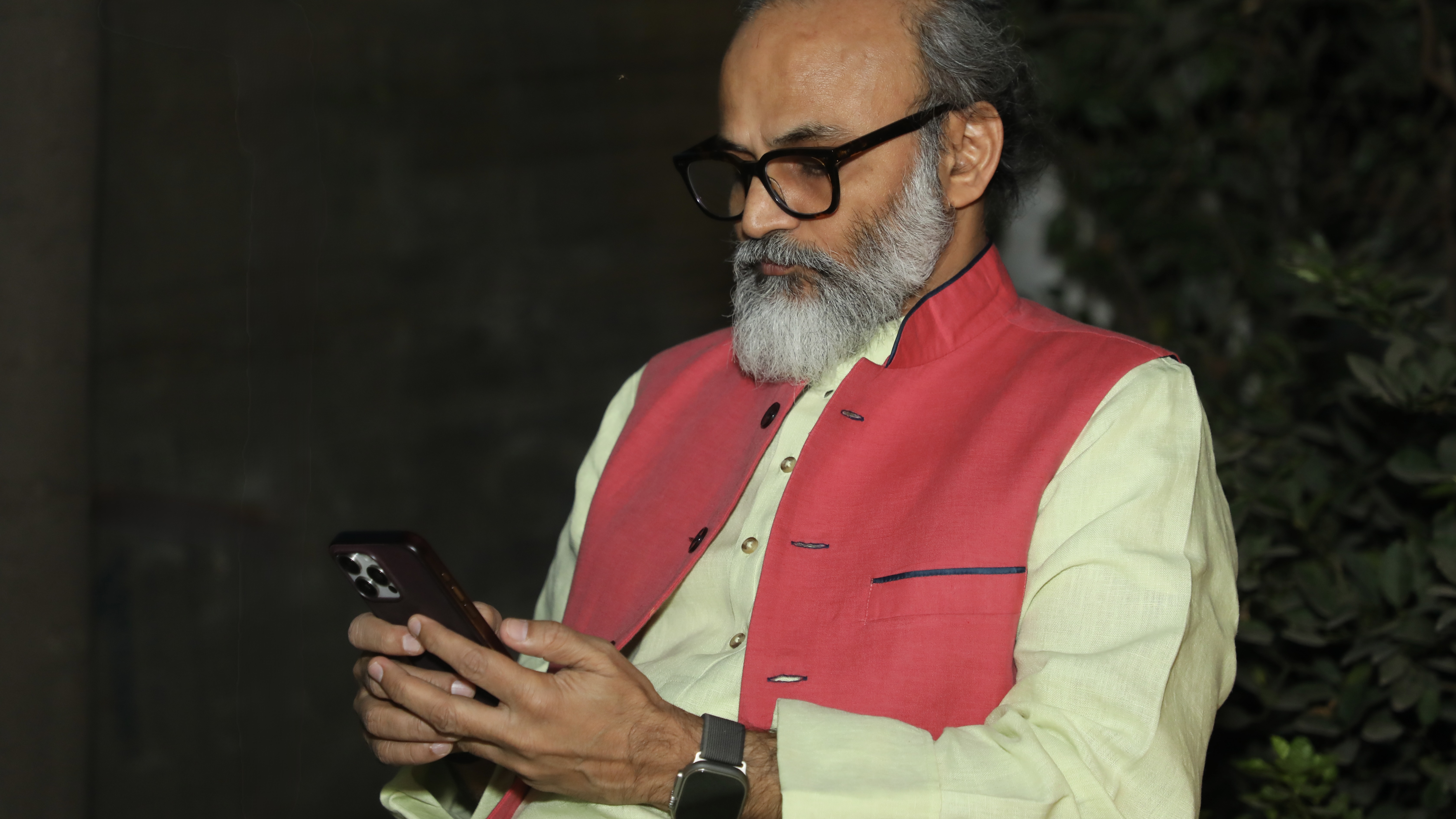
The Realistic Pace of Speaking
1 year ago By Yogi AnoopThe Realistic Pace of Speaking and Life Philosophy
Student: Guruji, I have heard that your speaking pace is 56 to 60 words per minute. Isn’t that a bit slow?
Yogi Anoop: It may seem slow, but it wouldn’t be correct to call it slow. Look, the subjects I deal with are profound, experiential, and contemplative—philosophy, yoga, meditation, and spirituality. When we discuss these topics, a slower pace allows the listeners to reflect and grasp the deeper meaning of the words. That’s the beauty of these subjects. Conversations should have such depth and practicality that the listener is compelled to reflect. As soon as questions arise within them, the Guru should provide answers. If the pace of the conversation is too fast, the listener cannot develop understanding. This is why maintaining a slower pace becomes essential.
Student: But Guruji, when listeners hear fast-paced ideas, don’t they feel more energy and inspiration?
Yogi Anoop: That can be a superficial experience. Fast-paced conversations may exude energy and enthusiasm, but they lack depth. This is because the speaker’s focus is merely on keeping the audience entertained. Motivators aim to trap the listeners' minds with the intensity and forcefulness of their speech. However, this approach fails to ensure mental well-being for either the speaker or the listener.
It is difficult to absorb rapidly spoken words. Moreover, such fast-paced dialogues negatively impact the speaker’s mind. The main reason behind this is that these words are not derived from personal experience. They are borrowed from elsewhere and merely repeated.
This is why ideas delivered at such a rapid pace don’t give listeners the time to think. And if those ideas don’t reach their innermost being, how can they internalize them?
Student: Does this mean that practicing fast-paced speech is inappropriate?
Yogi Anoop: It doesn’t mean that fast speech is always inappropriate. Sometimes, circumstances may demand a faster pace. But when it comes to profound and experiential topics—like philosophy, meditation, yoga, or self-realization—a slower pace is far more impactful. In these topics, a Guru conveys their experiences through dialogue with the students. This process is like practicing mathematics—where understanding deeply takes time.
Storytelling can be faster, but even there, if the emotions are to reach the listener’s core, the pace must slow down. In spiritual subjects, many questions arise in the student’s mind during dialogue. Therefore, the Guru should speak at a pace slow enough that the student can find answers within the same moment or ask the Guru for clarity.
Student: What is your opinion about the style of motivational speakers who speak at a speed of 160-180 words per minute?
Yogi Anoop: This is a significant issue. This style jeopardizes the speaker’s own stability. Their senses become so accustomed to this rapid pace that in the future, they find themselves engulfed by the very problems they preach about. Rapid communication naturally leads to mental and physical issues, which can be difficult to resolve.
A steady and slower pace is better suited for meditation and reflection. This is only possible when words are inspired by genuine experience. Words born from experience inherently emerge at a slower pace.
Student: So, Guruji, would it be accurate to say that a slower pace is ideal for creating deeper impact in communication?
Yogi Anoop: Absolutely correct. A slower and steadier pace not only gives the listeners time to think but also touches their mind and soul. It is essential for self-realization and practical transformation. Remember, the true purpose of communication is to reach the listener’s innermost being and leave a lasting impact. Such communication inspires the listener to make meaningful changes in their life.
Recent Blog
Copyright - by Yogi Anoop Academy
